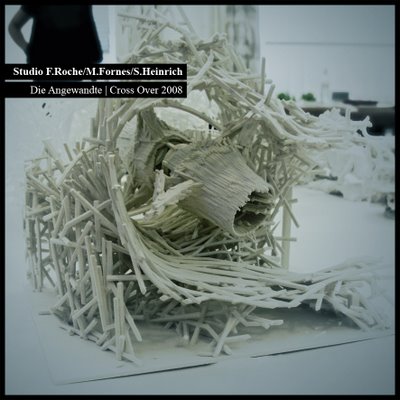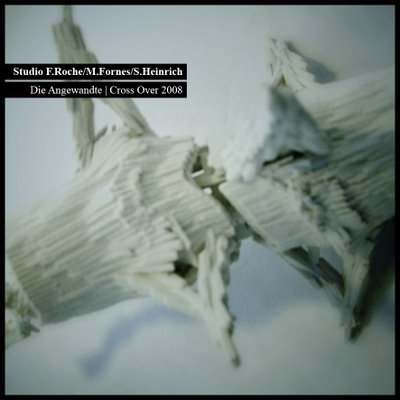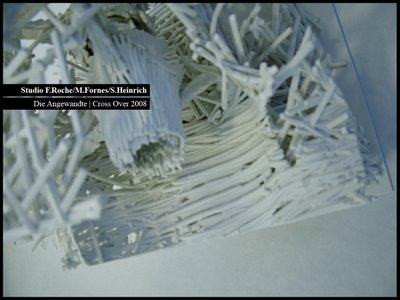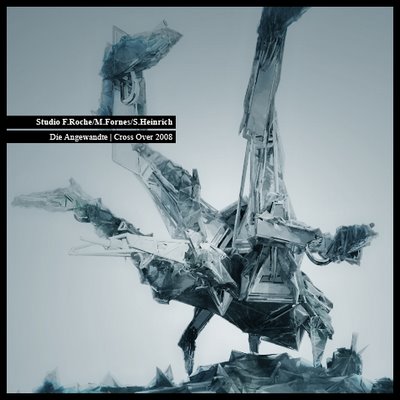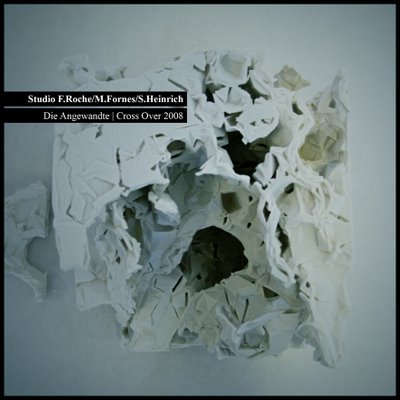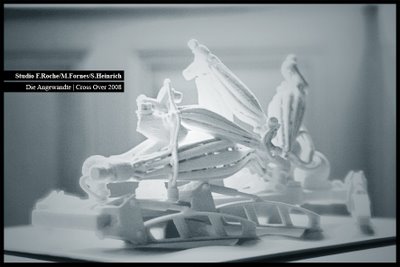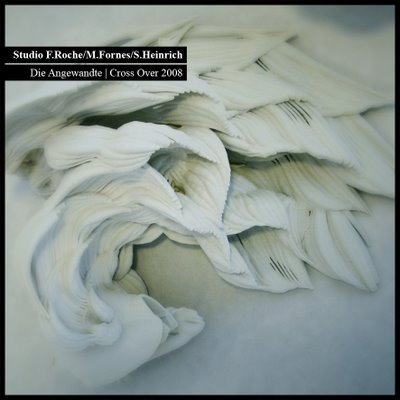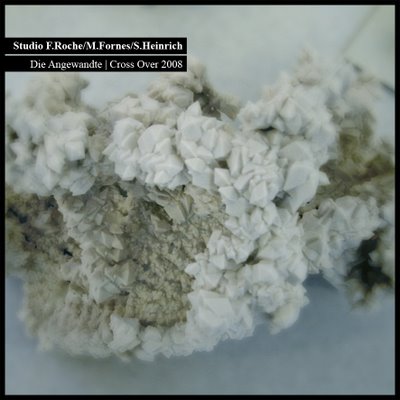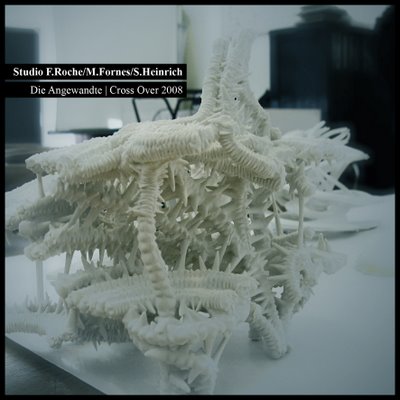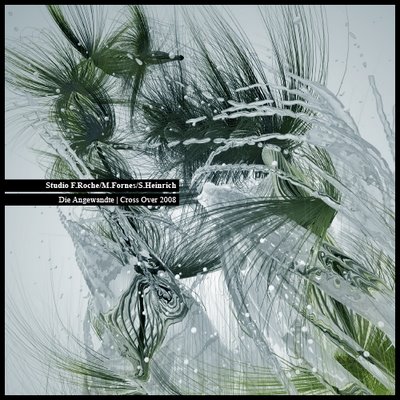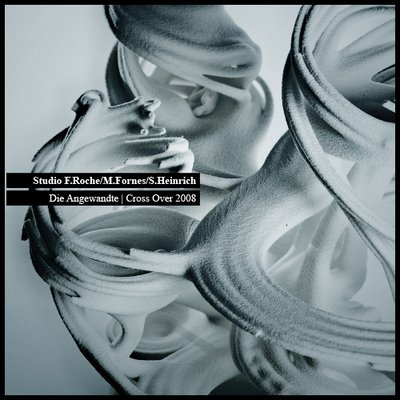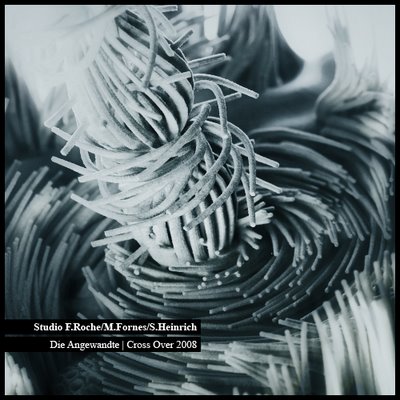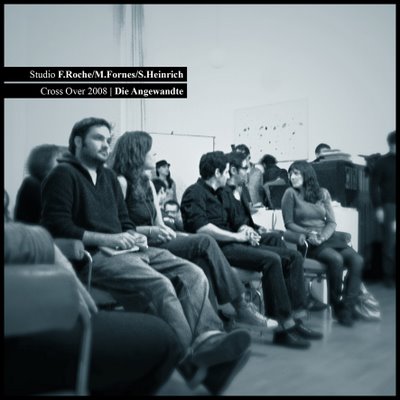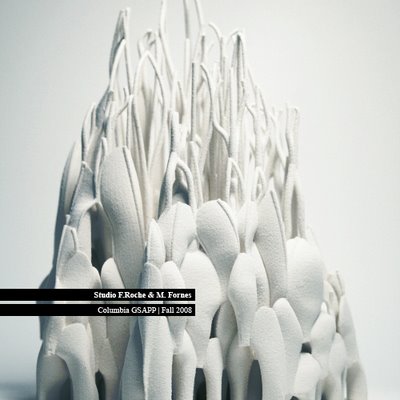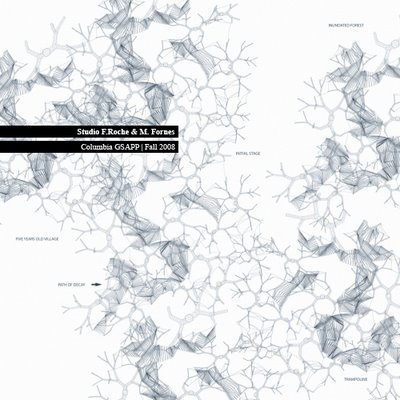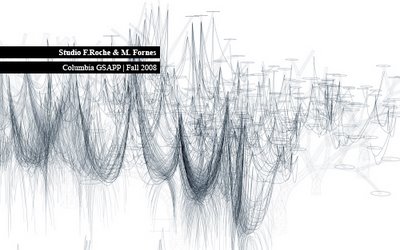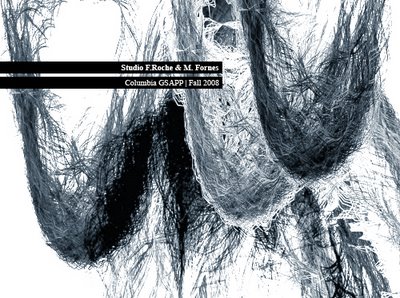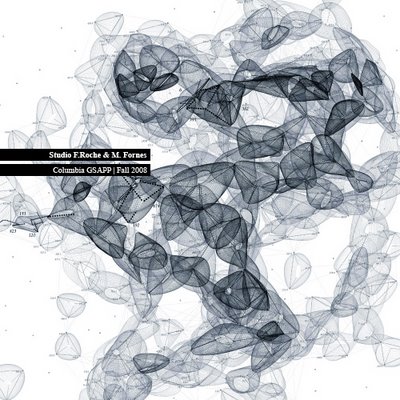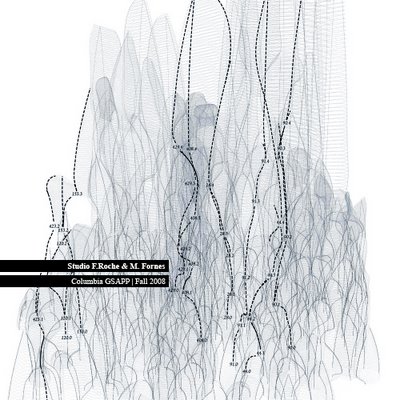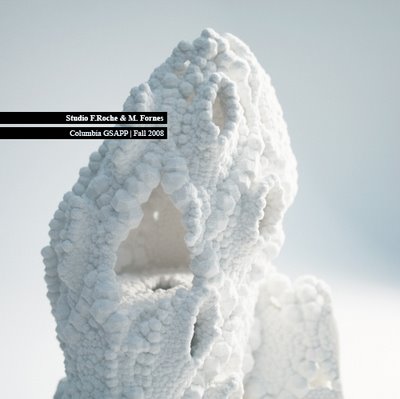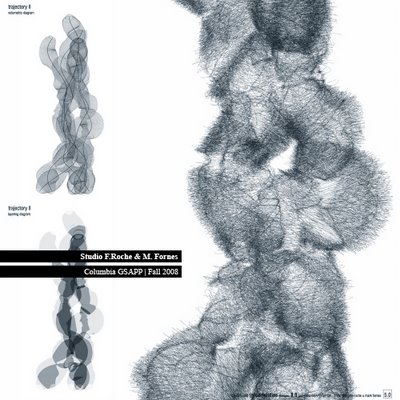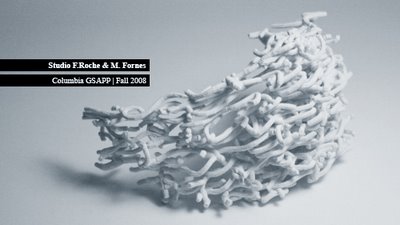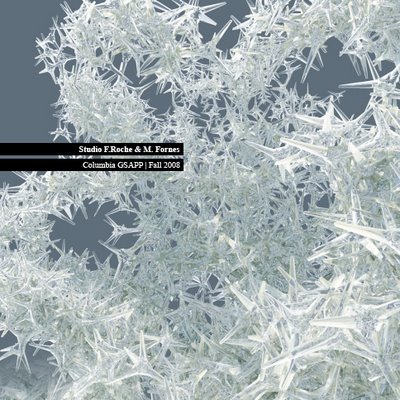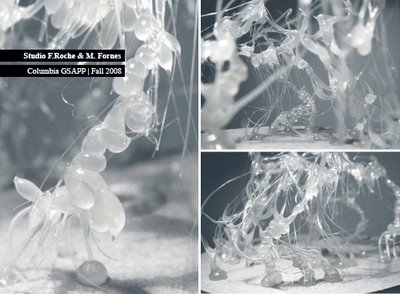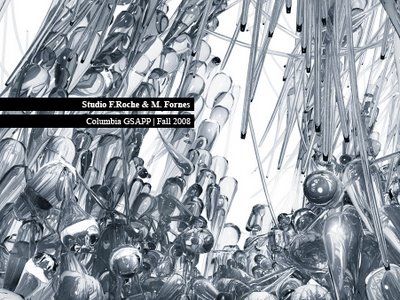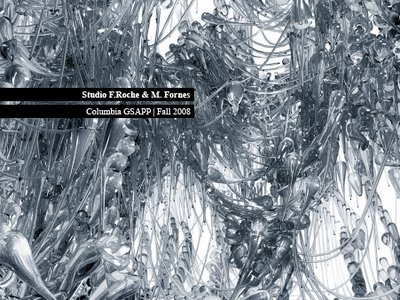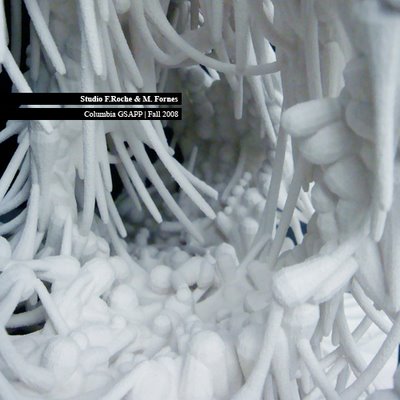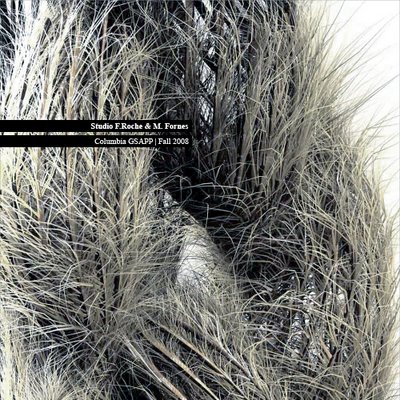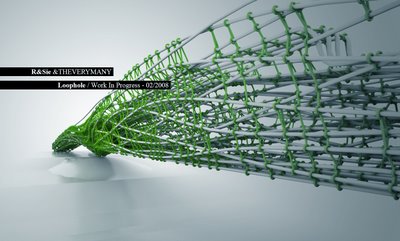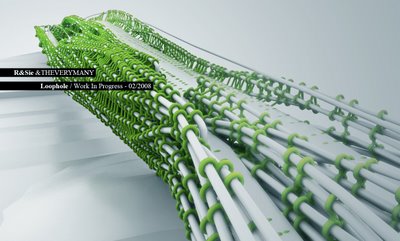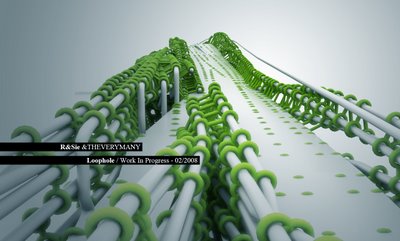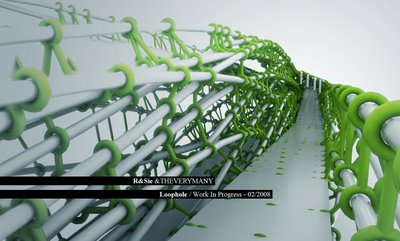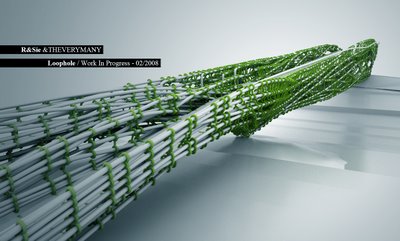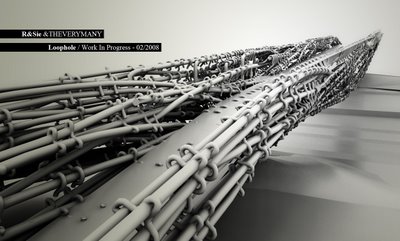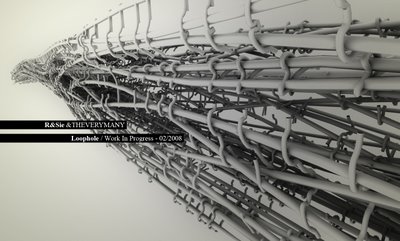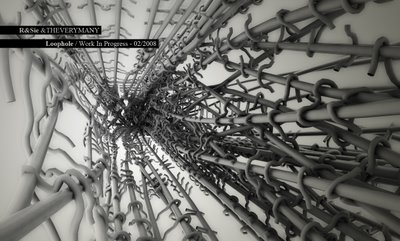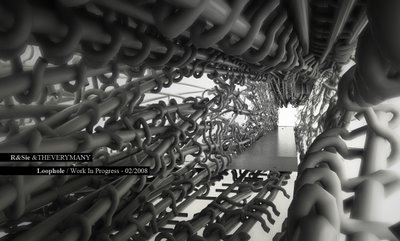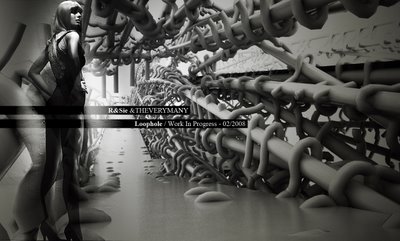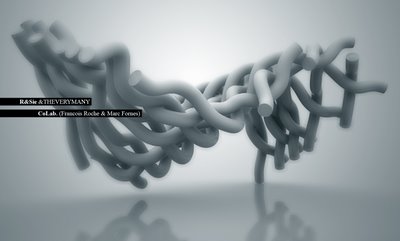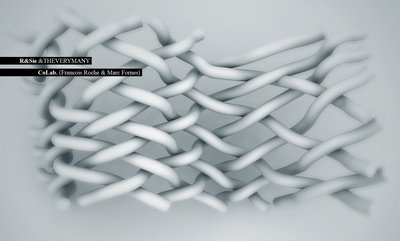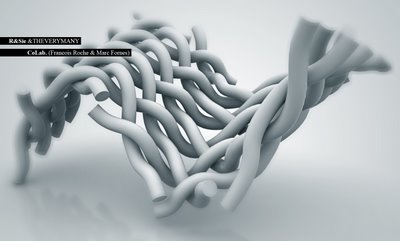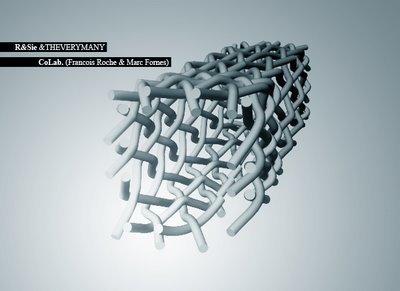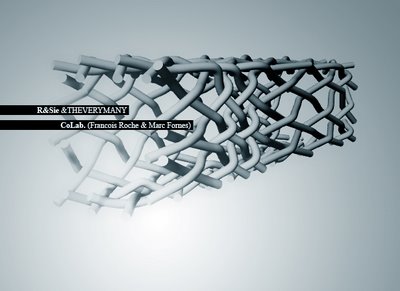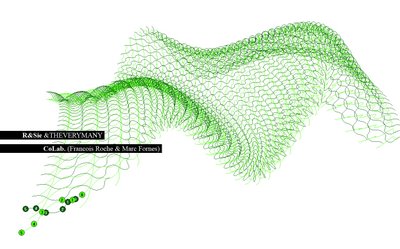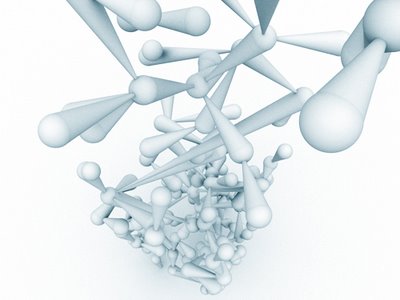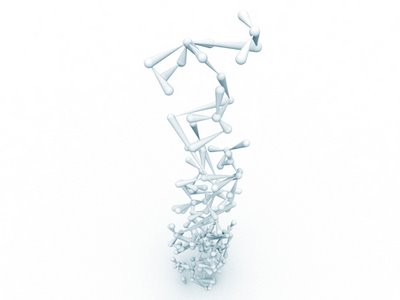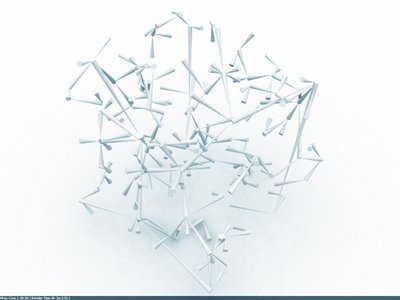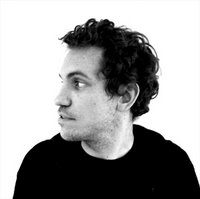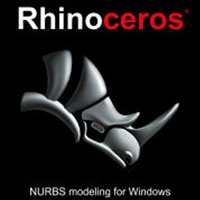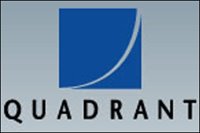100121_withR&Sie(n) @LeLaboratoire, Paris
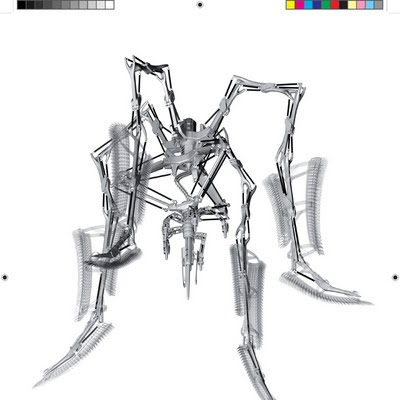
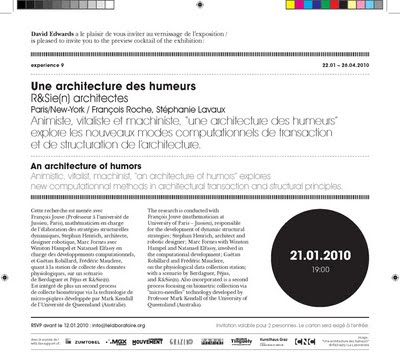
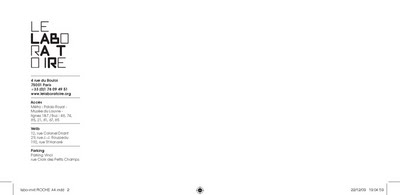
++++++++++++++++++++++++++++++++
Research and exhibition credits:
R&Sie(n) / Le Laboratoire
Scenario, design, production: R&Sie(n)
Math process: François Jouve
Computation: Marc Fornes with Winston Hampel and Natanael Elfassy
Robotics design: Stephan Henrich
Physiological data scanning process and design: Gaetan Robillard, Fréderic Mauclere and Berdaguer & Pejus and Mark Kendall on Microneedles.
++++++++++++++++++++++++++++++++
“humor-driven architecture” / R&Sie(n) / Le Laboratoire
Mathematical, physiological, robotic and construction processes for a self-organized collective habitat.
++++++++++++++++++++++++++++++++
Pitch / "une architecture des humeurs", a research project / exhibition in which the R&Sie(n) architectural practice has worked with a group comprised of a mathematician, programmers, architects and a robotics designer to develop a computational approach based on biological and physiological data scanned from visitors who are put through situations inciting repulsion, stress and pleasure to conceive housing units and urban fragments based on relational protocols. From January 22 through the April 26, 2010, at Le Laboratoire, 4 rue du Bouloi, 75003 Paris
++++++++++++++++++++++++++++++++
From R&Sie website:
"Un architecture des Humeurs"
From January 22-2010, the studio R&Sie(n) will render visible a project exploring new modes and apparatuses of architectural structuring and transaction:
- One aspect is comprised by computational, mathematical and machinist procedures designed to produce an urban structure following certain protocols. These successive indeterminate, improbable and uncertain aggregations will rearticulate the link between the individual and the collective.
- The other aspect is the scanning of the neuro-biological emissions of each visitor so as to analyze their chemical composition. Until now the collection of information involved in the residential unit protocol has been based on visible and reductive data (area, way of life, number of rooms, mode of access, neighbourhood frontiers).
In contrast, this experiment will provide the occasion for an interrogation of the shadowy “emission of desires” through the scanning of certain physiological signals, and the implementation of a chemistry of the moods of future purchasers taken as inputs generating a diversity of habitable morphologies and the relationships between them.
A signal collection station will be on hand. It will make it possible to perceive these variations and the way in which changes in emotional state affect the emitted geometries and influence the construction protocol.
Animist, vitalist and machinist, “mood-driven architecture” rearticulates the need to confront the unknown, an uncertain and unpredictable nature, in a contradictory manner by means of computational and mathematical assessments.
“Humor-driven architecture” is also a tool that will give rise to “Multitudes” and their palpitation and heterogeneity, the premises of a relational organization protocol.
This research is being carried out with François Jouve, the mathematician in charge of working out dynamic structural strategies; Marc Fornes with Winston Hampel and Natanael Elfassy in charge of computational development; the architect and robotics designer Stephan Henrich; and Gaetan Robillard and Fréderic Mauclere for the physiological data collection station, following a scenario by Berdaguer and Pejus. A second process of collect via “Microneedles” of Mark Kendall will be included.
Labels: Francois Roche, marc fornes, rhinoscript, theverymany


